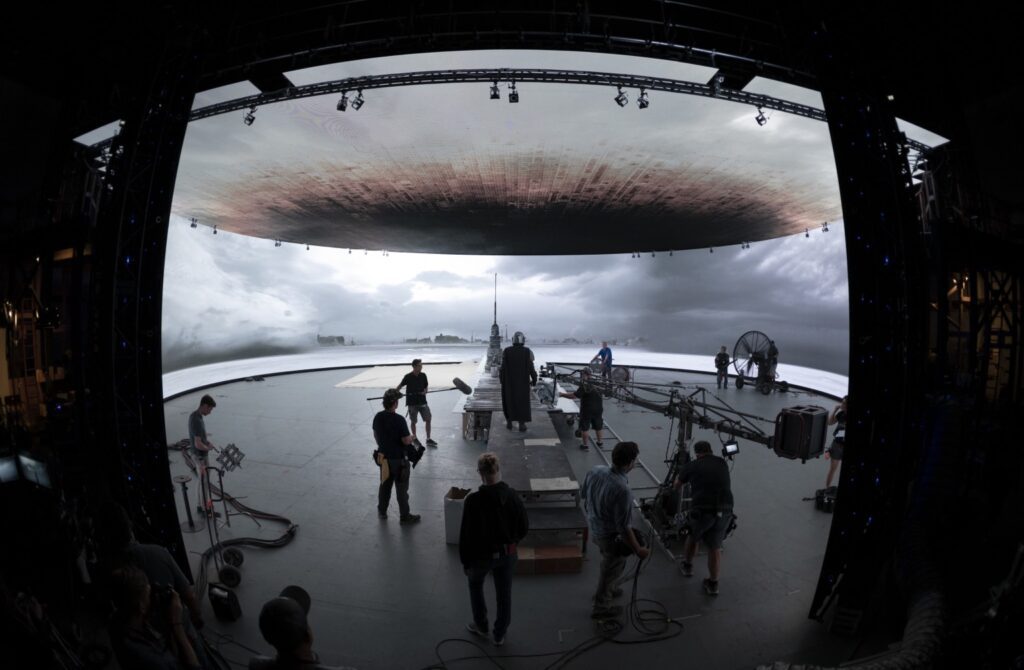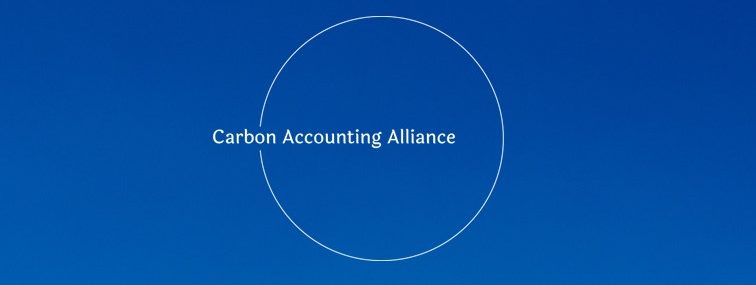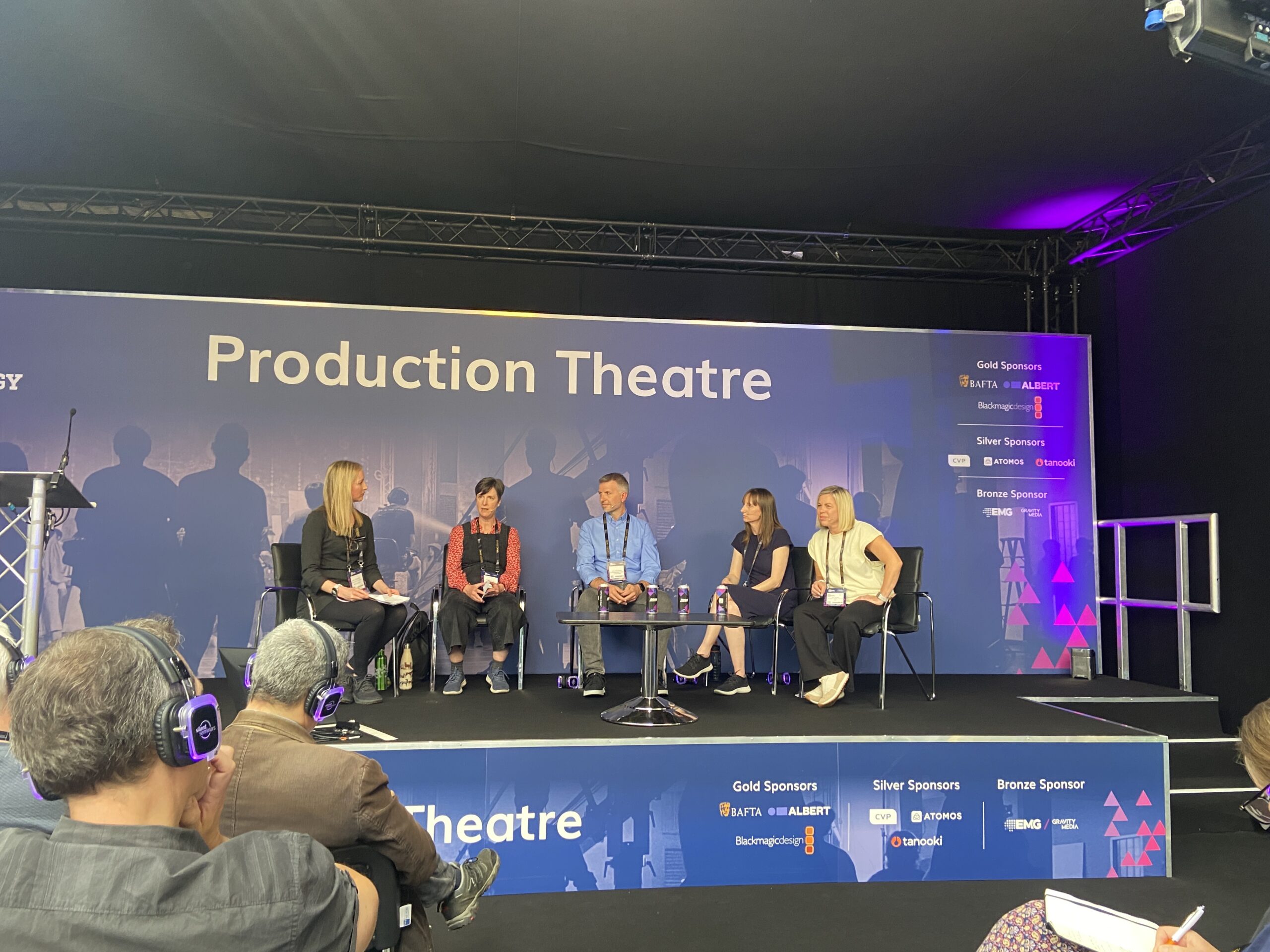New developments in this field are also appearing, with Leavesden Studios building a dedicated virtual production stage and Ulster University launching a £1.6 million virtual production studio. Last year’s Nostradamus report, which forecasts trends in TV and film, posited that by 2026 virtual production will be the industry norm.
So why is virtual production becoming so popular? One reason is because it allows Directors to save time by making instant changes, as they’re able to view both real and virtual aspects together in real-time. But that’s not all – studios are also beginning to realise the huge financial and environmental benefits.
By reducing shooting time, transport, and crew loads, productions can make hefty financial savings. For example, by adopting virtual production technologies during its 5th season, the limited budget series ‘Snowfall’ saved up to $49,000 an episode.
Executive Producer Lisa Gray explains that “With virtual production, you have the opportunity not to have to travel to as many locations [and] you don’t have those diesel generators on locations you’re sent to.” With 51% of CO2 emissions from Blockbuster films coming from transport and 15% coming from diesel generators, it’s obvious how virtual production can lead to significant emissions savings. Virtual Production Manager Sue McHugh also notes that, because parts of the set can be computer generated, “the lack of physical set disposal is an absolute pleasure… we no longer see the inevitable skips full of destroyed set.”
Virtual production exemplifies just one of the ways cheaper production and greener production can coexist. To maximise the environmental benefits of virtual production, a holistic approach to production is essential, for example moving to eco-friendly LED suppliers and utilising green energy. Nevertheless, it’s an exciting time for virtual production and as Chris Chaundler, Managing Director of London-based production house Quite Brilliant says: “Virtual production is here to stay and has the potential to massively decrease the carbon footprints of productions”
Written by Laura Tendall





